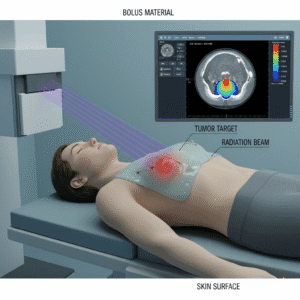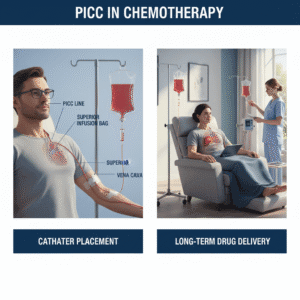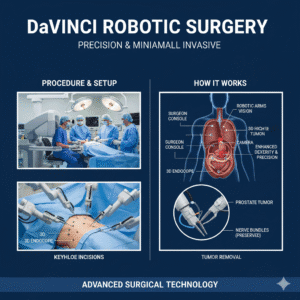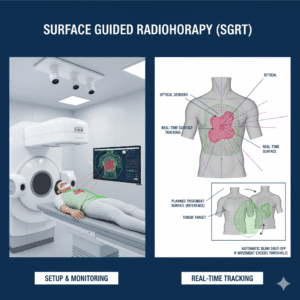
DaVinci Robotic surgery
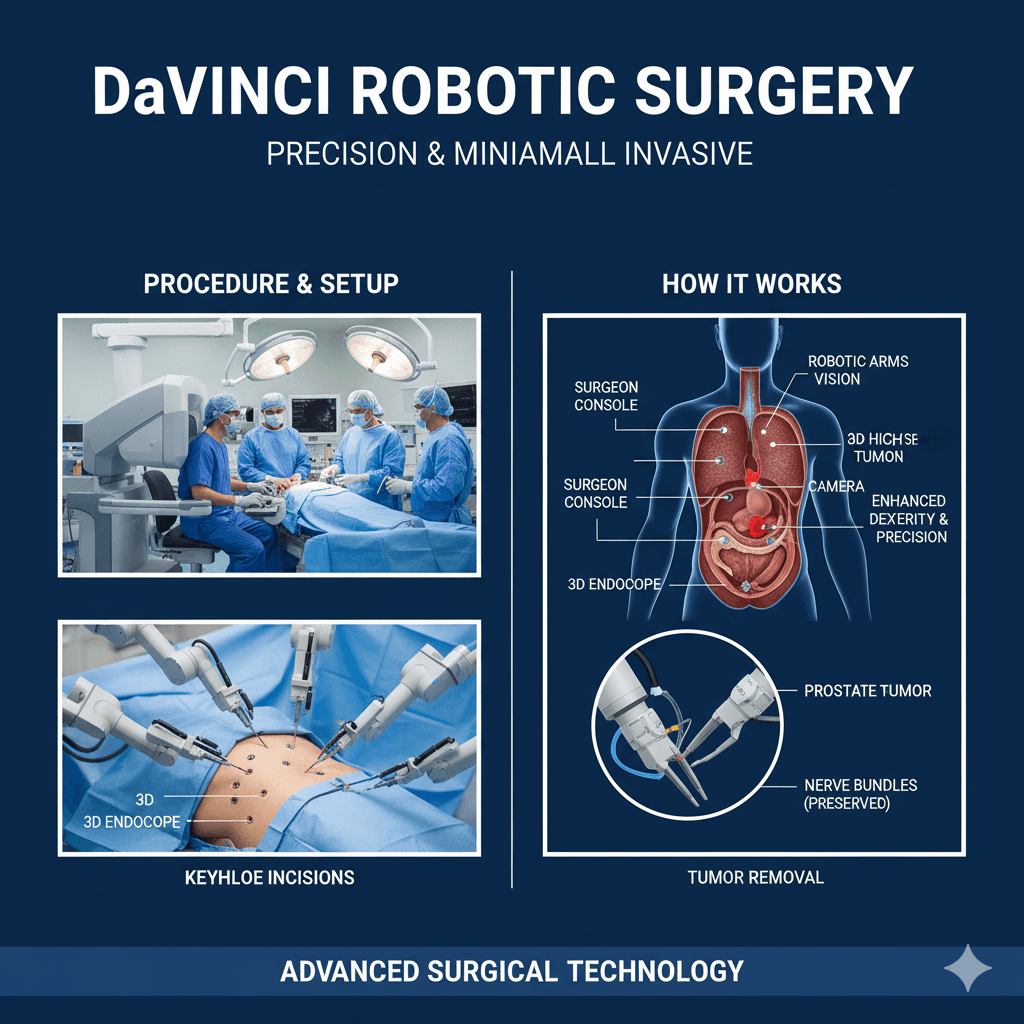
Q1: What is Robotic Surgery (Da Vinci) in cancer treatment?
Robotic surgery, often performed using the Da Vinci Surgical System, is a minimally invasive technique that allows surgeons to perform complex cancer surgeries with enhanced precision and control. The system uses robotic arms equipped with surgical instruments and a high-definition 3D camera, which the surgeon controls from a console. This technology enables more precise movements and access to hard-to-reach areas, making it a valuable tool in cancer treatment.
Q2: How does the Da Vinci system work in cancer surgery?
The Da Vinci system consists of three main components:
Surgeon console: Where the surgeon sits and controls the robotic arms using hand and foot controls. The console provides a magnified, 3D view of the surgical area.
Patient cart: This is positioned beside the patient and holds the robotic arms and instruments that perform the surgery. The robotic arms translate the surgeon’s movements into precise actions inside the patient’s body.
Vision cart: Houses the camera and provides high-definition, real-time imaging of the surgical field.
The surgeon’s hand movements are translated into smaller, more precise movements by the robotic arms, which can rotate and bend in ways that human hands cannot. This precision is particularly beneficial in delicate cancer surgeries where preserving healthy tissue is crucial.
Q3: What types of cancer can be treated with robotic surgery?
Robotic surgery is used to treat various types of cancer, including:
Prostate cancer: One of the most common uses of robotic surgery, particularly for prostatectomy (removal of the prostate gland).
Gynecologic cancers: Such as cervical, ovarian, and endometrial cancer.
Colorectal cancer: For procedures like colectomy (removal of part of the colon).
Kidney cancer: Including partial nephrectomy (removal of a tumor while preserving kidney function).
Lung cancer: For lobectomy (removal of a lobe of the lung) and other thoracic procedures.
Robotic surgery can also be used for head and neck cancers, as well as some gastrointestinal cancers.
Q4: What are the benefits of robotic surgery for cancer treatment?
The benefits of robotic surgery include:
Minimally invasive: Smaller incisions lead to less pain, reduced blood loss, and shorter recovery times.
Precision: Enhanced accuracy allows for better preservation of healthy tissue and more effective tumor removal.
Better visualization: The 3D, high-definition view of the surgical area provides the surgeon with a clearer and more detailed view than traditional surgery.
Improved dexterity: Robotic arms can make movements that are impossible for human hands, improving access to difficult-to-reach areas.
Reduced scarring: Smaller incisions typically result in less noticeable scars compared to traditional open surgery.
Q5: What should I expect during a robotic surgery procedure?
During robotic surgery:
Preparation: You will be given general anesthesia to ensure you are asleep and comfortable during the procedure. The surgical team will position you appropriately for the surgery.
Surgery: The surgeon operates the Da Vinci system from the console while the robotic arms perform the surgery. The procedure typically involves several small incisions through which the instruments and camera are inserted.
Duration: The length of the surgery depends on the type of procedure being performed, but it is often shorter than traditional open surgery.
Recovery: After surgery, you will be moved to a recovery room to wake up from anesthesia. Most patients experience less pain and recover more quickly than with traditional surgery, often going home the same day or within a few days.
Q6: Are there any risks associated with robotic surgery?
While robotic surgery is generally safe and offers many benefits, there are some potential risks, including:
Surgical complications: As with any surgery, there is a risk of bleeding, infection, or adverse reactions to anesthesia.
Technical issues: Although rare, technical problems with the robotic system could occur during surgery.
Longer operative time: In some cases, the setup and operation of the robotic system can take longer than traditional surgery.
Your surgeon will discuss the potential risks and benefits with you based on your specific condition and type of cancer.
Q7: How do I know if robotic surgery is the right option for me?
Whether robotic surgery is suitable for you depends on several factors, including the type and stage of your cancer, your overall health, and the location of the tumor. Robotic surgery is often recommended for patients who are good candidates for minimally invasive procedures. Your surgeon will evaluate your situation and discuss whether robotic surgery is the best option for your treatment.
Q8: What can I expect after robotic surgery?
After robotic surgery, you can expect a shorter recovery time compared to traditional open surgery. Most patients experience less pain, smaller scars, and a quicker return to normal activities. Your healthcare team will provide you with specific instructions for post-operative care, including pain management, activity restrictions, and follow-up appointments.
If you have more questions about robotic surgery using the Da Vinci system or are considering it as part of your cancer treatment plan, talk to your healthcare provider. They can provide detailed information and help you understand how robotic surgery might benefit you.
Related Post

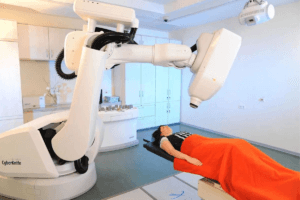
CyberKnife
August 6, 2024

Immunotherapy
August 7, 2024
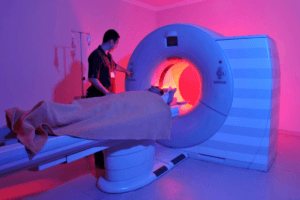
MRI Linac
August 7, 2024
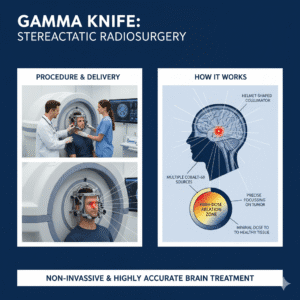
Gamma Knife
August 7, 2024
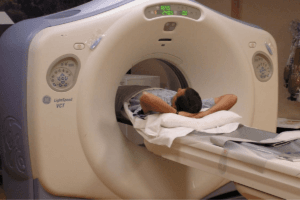
Cancer Screening
August 22, 2024
Gallery
Click below to book a clinic appointment
Ask More Questions Send Query On Email


